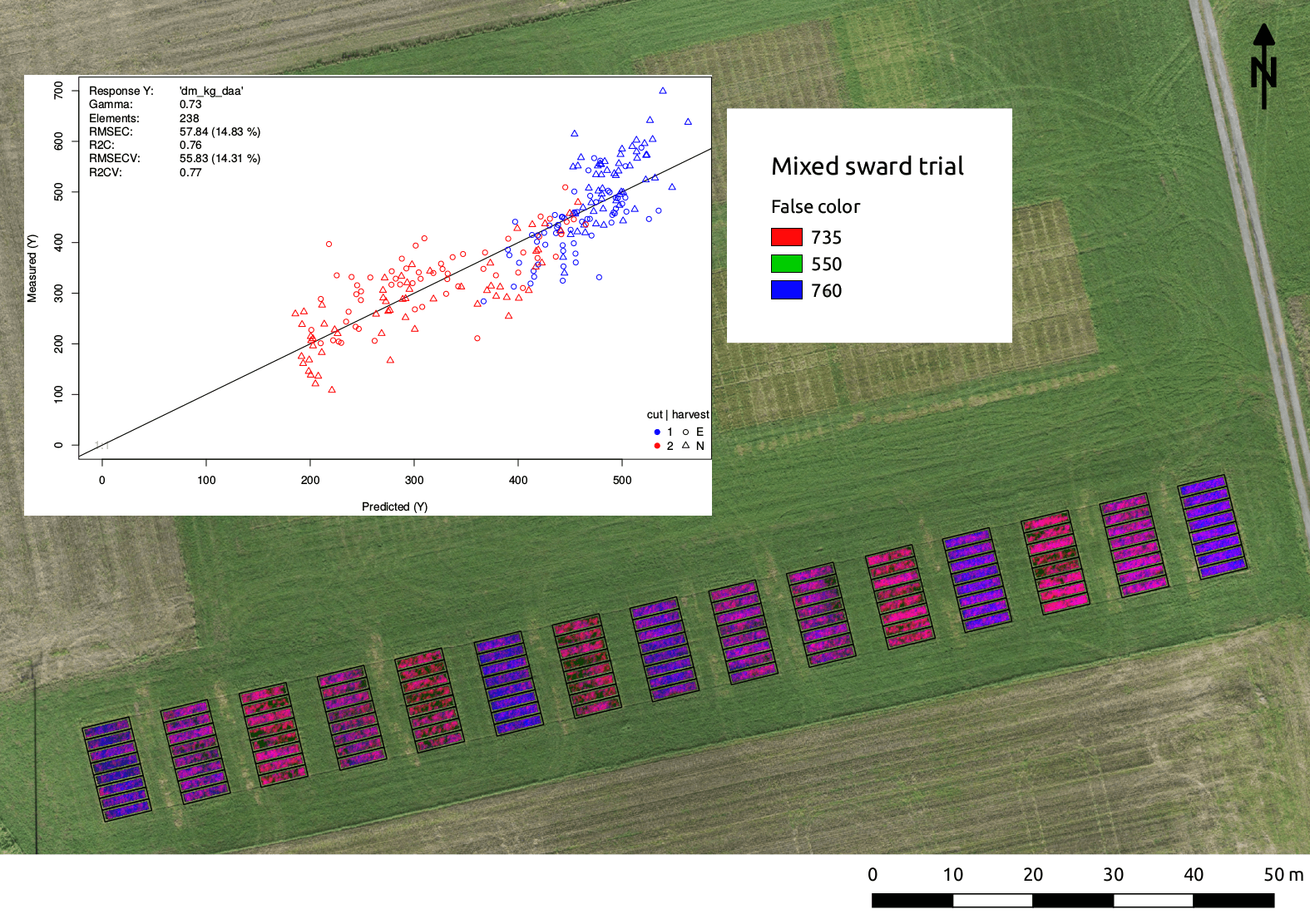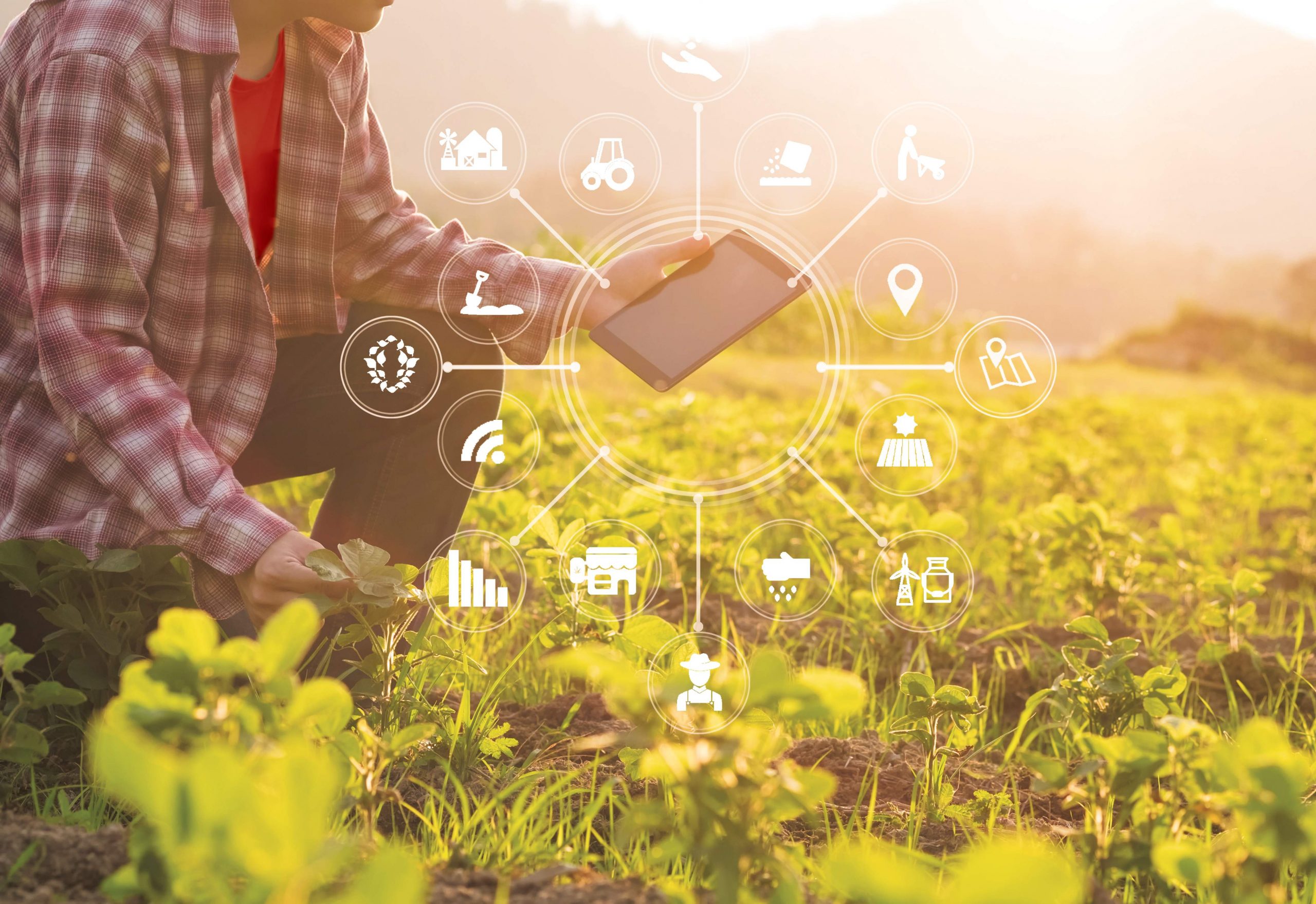Yield Estimation Using Image Processing Presentation
| Introduction to Yield Estimation using Image Processing | ||
|---|---|---|
| Yield estimation is a crucial task in agriculture to predict crop productivity accurately. Image processing techniques offer a non-invasive and efficient way to estimate yield. By analyzing images of crops, we can extract valuable information about plant health and growth. | ||
| 1 | ||
| Benefits of Yield Estimation using Image Processing | ||
|---|---|---|
| Accurate yield estimation allows farmers to make informed decisions regarding crop management and resource allocation. Image processing provides a cost-effective alternative to traditional manual yield estimation methods. Real-time monitoring of crop growth and yield estimation enables timely interventions and improves overall productivity. | ||
| 2 | ||
| Steps involved in Yield Estimation using Image Processing | ||
|---|---|---|
| Image acquisition: High-resolution images of crops are captured using drones, satellites, or ground-based cameras. Pre-processing: Images are corrected for illumination, noise, and other artifacts to enhance the accuracy of subsequent analysis. Feature extraction: Relevant features such as color, texture, and shape are extracted from the images to quantify plant health and growth. | ||
| 3 | ||
| Image Segmentation for Yield Estimation | ||
|---|---|---|
| Image segmentation is the process of dividing an image into meaningful regions or objects. By segmenting crop images, we can identify individual plants and separate them from the background. Accurate segmentation enables precise measurement of plant parameters like leaf area, height, and density. | ||
| 4 | ||
| Machine Learning for Yield Estimation | ||
|---|---|---|
| Machine learning algorithms can be trained to analyze segmented crop images and predict yield. These algorithms can learn patterns and relationships between image features and actual yield data. By using machine learning, we can achieve more accurate and reliable yield estimation models. | ||
| 5 | ||
| Challenges in Yield Estimation using Image Processing | ||
|---|---|---|
| Variability in environmental conditions, lighting, and camera perspectives can affect the accuracy of image analysis. Different crop types and growth stages require specific image processing techniques and models. Large-scale image processing and data management can be computationally intensive and time-consuming. | ||
| 6 | ||
| Integration with IoT and Precision Agriculture | ||
|---|---|---|
| Yield estimation using image processing can be integrated with IoT devices and precision agriculture systems. Real-time data collection and analysis enable timely decision-making and optimized resource allocation. Remote monitoring and control of crop growth and yield estimation can be achieved through IoT-enabled platforms. | ||
| 7 | ||
| Case Study: Wheat Yield Estimation | ||
|---|---|---|
| In a recent study, image processing techniques were used to estimate wheat yield accurately. High-resolution images of wheat fields were captured using drones and processed using machine learning algorithms. The estimated yield from image processing closely matched the ground-truth yield measurements, demonstrating the effectiveness of this approach. | ||
| 8 | ||
| Future Directions and Potential Applications | ||
|---|---|---|
| Advancements in image processing algorithms and hardware technologies will further improve yield estimation accuracy. Integration of image processing with other sensing technologies like hyperspectral imaging and LiDAR holds great potential. Yield estimation using image processing can be extended to other crops and agricultural practices, enabling more sustainable and efficient farming. | ||
| 9 | ||
| Conclusion | ||
|---|---|---|
| Yield estimation using image processing is a valuable tool in modern agriculture for accurate and efficient crop management. It offers numerous benefits, including cost-effectiveness, real-time monitoring, and improved decision-making. As technology continues to advance, we can expect even more accurate and reliable yield estimation models in the future. | ||
| 10 | ||







